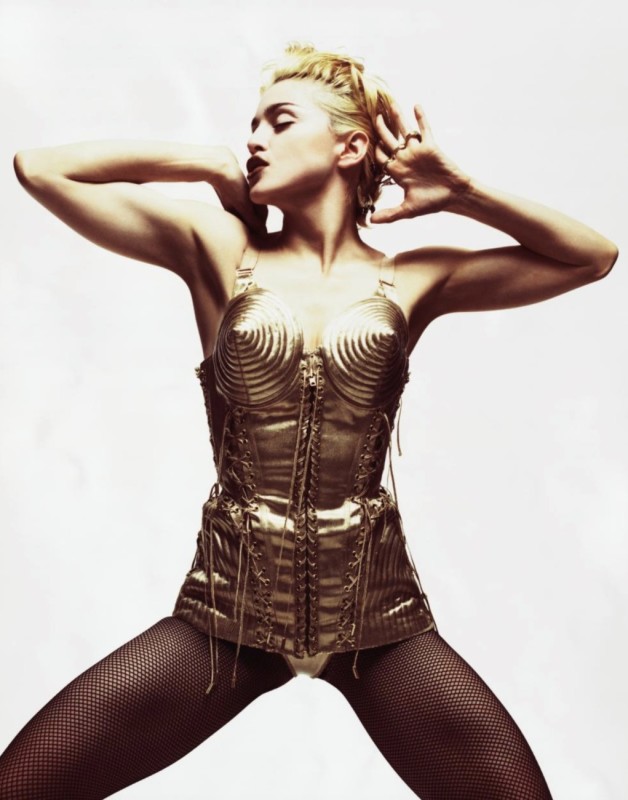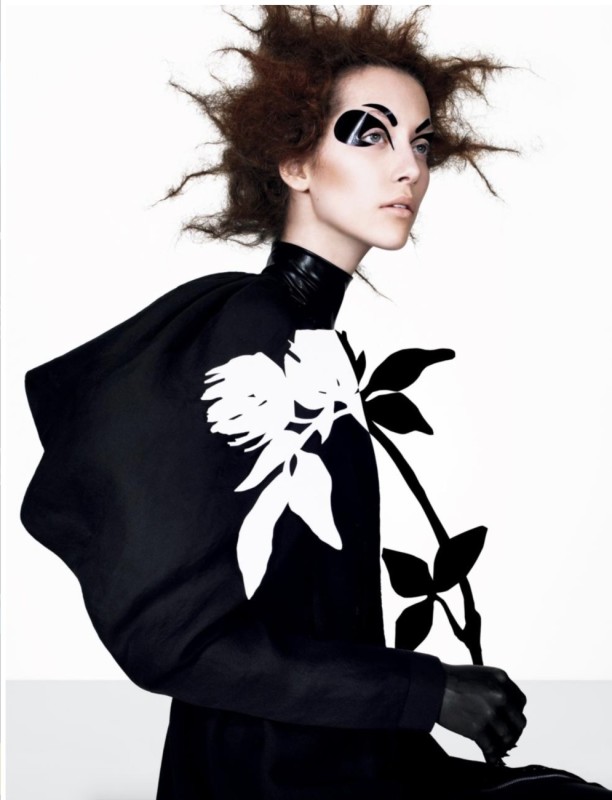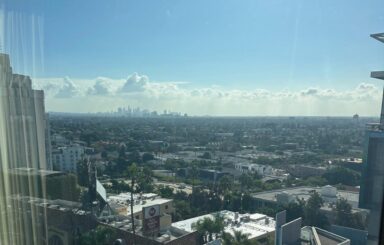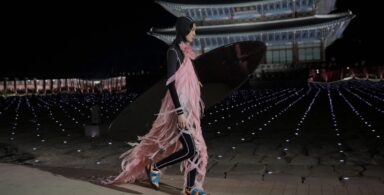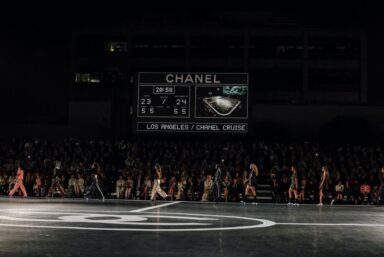“Icons of Style: A Century of Fashion Photography, 1911-2011” explores the way this photographic genre has turned over the years into a real form of art
Edited by: Fiammetta Cesana
J. Paul Getty Museum in LA currently hosts an exhibition on the growth of fashion photography during the past century. Collecting more than 160 fashion photographs, this is the storytelling of a visual practice that has transformed over the time according to social, economic and political changes, being able to “transcend its original commercial function in order to be considered a true work of fine art” – Paul Martineau, exhibition’s curator.
Let’s discover this historical evolution meeting the most renowned names in the history of fashion photography: from Richard Avedon to Lillian Bassman, Guy Bourdin, Louise Dahl-Wolfe, till Edward Steichen and Baron Adolf de Meyer, two founding artists of modern fashion photography leading Vogue magazine.
New fashion reality
1911 is the starting year of this story marking a crucial moment of fashion photography. By that time indeed the French publisher Lucien Vogel commissioned to Edward Steichen the first fashion photographs with an artistic angle. During the first two decades of the twentieth century, fashion underwent an important twist by moving away from tightly corseted dresses to the more comfortable, natural, looser fitting clothing of innovators such as Paul Poiret and Coco Chanel.
Patriotic chic
Subsequently, the Great Depression and the Second World War influenced fashion industry and its photographs by conveying images of positiveness and hopeful attitudes, where luxury and glamour were means to escape from that harsh period. Fashion also started to rise awareness on war rationing by using less fabric and taking photographs with a more restrained approach. From that period “patriotic chic” emerged in fashion photography, for example with Keep the Home Fires Burning (1941) by Louise Dahl-Wolfe featuring a model in a simp
Back to glamour
The 1950s is considered as the Golden Age of fashion photography. The elegant dresses of designers such as Cristóbal Balenciaga, Christian Dior, and Jacques Griffe were brought to life by Richard Avedon and Irving Penn. Penn dominating studio-based fashion photography while Avedon excelling at showing models on location and in action, they both delivered fashion photography to an aspirational public emerging from decades of war and hardship.
The underground era
Then the countercultural revolution of 1960s and 1970s seeing youth action, sexual liberation, and feminist movements, largely inspired fashion photography. William Klein photographed models in urban settings, perfecting a gritty street style that was celebrated for its surprising vitality. Leading designers of the mid-1960s created a variety of fanciful new looks such as hippie, mod, gypsy, and space age. Neal Barr’s 1966 photograph of Dianne Newman captures the Zeitgeist in a mini-dress with patterned tights, bug-eye glasses, and a cropped haircut – all shot from a low angle to give the image a slightly unbalanced, psychedelic aura.
Woman empowerment
In the 1970s, ready-to-wear clothing lines by Halston, Anne Klein, and Yves Saint Laurent were coveted by women who had newly entered the workforce and were attempting to balance their jobs and families. Photographers such as Arthur Elgort showed women acting in their daily routines, and hired models who were relatable, natural, and health-conscious. Others such as Helmut Newton and Chris von Wagenheim proposed aggressive, sexualised images that challenged traditional gender stereotypes. This decade saw increased diversity, with African American models such as Donyale Luna and Beverly Johnson being chosen to grace the covers of top style magazines for the first time.
The Supermodels club
Fashion photography of the 1980s and 90s embraced the athletic female body, the display of male sexuality, the birth of the supermodel, and the introduction of darker motifs in the genre. That time saw the rise of corporate power dressing, the fitness trend, and the ascension of Italian designers such as Gianni Versace and Giorgio Armani. Herb Ritts and Bruce Weber portrayed well-built male models emphasising their sexuality, changing forever how men were represented in fashion and advertising. Beauty and power were also exemplified by a new group of “supermodels”, who were offered enormous salaries for walking runways all over the world. Ritts is known for creating one of the most famous photographs of this time – the seemingly nude embrace of supermodels Naomi Campbell, Cindy Crawford, Tatjana Patitz, Stephanie Seymour, and Christy Turlington.
Heroin chic
In the 1990s, an economic downturn, an increase in drug use, and the incorporation of the alternative rock of grunge movement by the fashion industry gave birth to “heroin chic,” which presented stick-thin models such as Kate Moss in sickly looking makeup. The raw, overexposed style of Corinne Day, who shot unkempt models in shabby environments was not only a source of inspiration for this new style, but also the antithesis of the over-the-top glamour and excess of the previous decade.
The digital era
The exhibition concludes by presenting a diverse selection of contemporary photographs that reveals some of the ongoing outlets of fashion photography, and the digital tools that have reshaped the notion of what-technically and conceptually-a fashion photograph is. The growth of street-style fashion blogs such as Scott Schuman’s The Sartorialist (2005) and global internet picture-sharing applications such as Instagram (2010) and Snapchat (2011) are reshaping a rapidly evolving industry, providing aspiring and established fashion photographers with new opportunities for their work.
“My hope is that this sweeping introduction to fashion photography will not only educate and delight our visitors, but also inspire new scholarly inquiry,” Martineau said. “Long overlooked, the gradual integration of fashion photographs into museum collections will make it easier for these pictures to be evaluated in terms of the larger history of the medium of photography.”
J. Paul Getty Museum, Getty Center
Los Angeles
June 26–October 21, 2018
